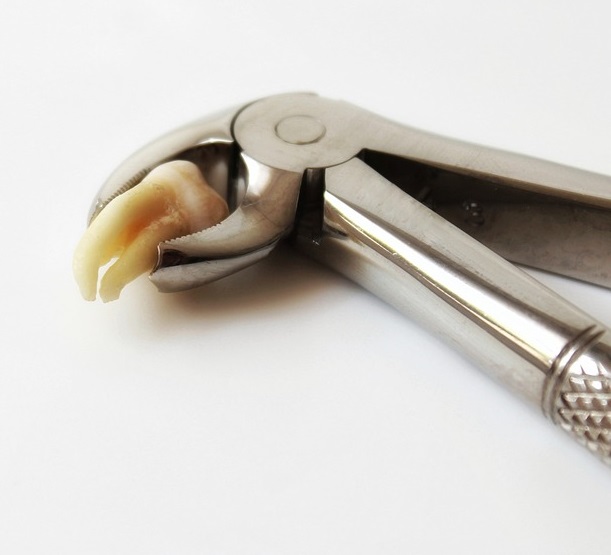
Today, it is easy to pick up a phone and find a dental professional that can help fix any issues with your teeth as modern dentistry has evolved over thousands of years. Also, it has come a long way from doubtful remedies for tooth pain by early civilizations.
Teeth Extraction in the 1700s
In the 1700s, the main solution for a painful tooth was extraction without the anesthetic. If you were rich, you could opt for the eighteenth-century version of today’s implants. They would use someone else’s tooth (donated or sold by a live person or from someone dead) to replace your removed one.
Dentistry in the 1800s
In the 1800s, dentists did not need a license to practice. As a result, anyone who had pliers, a chair with arm fastenings to hold the patient down, and a wooden mallet, for use when necessary, could practice dentistry. Hence, for most of the 19th century in London, dentistry was a nightmare until the Dentists Act of 1878.
Consequently, a couple of years later, the British formed the Dental Association which spent the majority of their time enforcing the Dentists Act. Therefore, decades later in 1921, dentists were required to undergo training and certification.
Cause of Death: Toothache
Reasonably apart from the pain of having a tooth pulled out, there was the danger of infection. In particular, some patients bled to death after getting their tooth extracted. Most noteworthy, during the 1660s in London, as many as one in ten deaths was a result of a toothache.
Royal Toothache
Although Elizabeth I was queen of England, she could not escape toothache. Indeed, in December 1578, a toothache tormented the queen day and night. At this time, her physicians recommended the extraction of the diseased tooth. However, she refused, in fear of the pain that it would cause. Finally, to encourage her, the Bishop of London John Aylmer had one of his own teeth extracted before her.
Drilling Rotten Teeth
Subsequently, archaeologists have found evidence that looks like the dental drill predates the invention of the wheel by thousands of years. Furthermore, they discovered signs that the biting surface of one rotten tooth in the jaw had been deliberately scoured and scraped with a tool. As a matter of fact, under a microscope, the scratches on the tooth look like those that a microlith might make.
Similarly, an earlier study found evidence that farmers up to 9,000 years ago may have used stone tools to drill out dental cavities. Likewise, new evidence suggests the removal of tooth decay developed long before farmed foods made cavities more common.
In 2900 B.C., an Egyptian lower jaw demonstrated two holes drilled through the bone, presumably to drain an abscessed tooth. Egyptians were the first to name a doctor that specializes in treating teeth.
In the 14th century, Guy de Chauliac invented the dental pelican, which they used through the late 18th century. They then replaced the pelican with the dental key until the 19th century, when modern forceps came into use.
As dental extractions can vary in difficulty, a wide variety of instruments exist to address specific situations. Rarely, people use tooth extraction as a method of torture to get forced confessions.
Nowadays, a trip to the dentist is more about attaining the perfect smile than a source of agony, but one in 10 of us remains scared of the experience. Probably, this is because embedded in the fabric of our society is centuries of pain and terror as we still can’t seem to forget dentistry’s long and bloody history.

I like the article would love some pictures and more details.